NOSTALGIA: Exploring the heart of Hastings fishing quarter
This article contains affiliate links. We may earn a small commission on items purchased through this article, but that does not affect our editorial judgement.
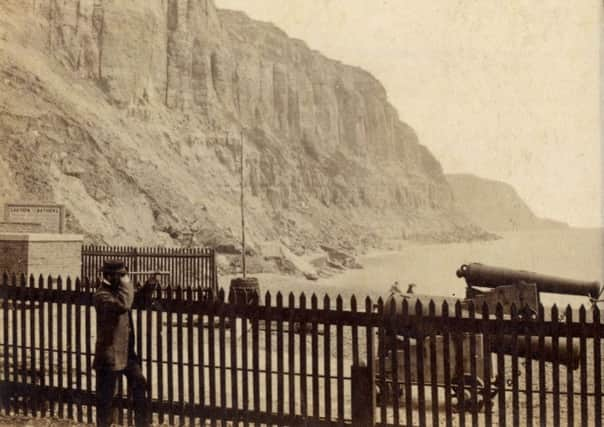

He writes: According to respected historian John Manwaring Baines in his bible of local history, Historic Hastings, the name Rock-a-Nore can be traced back to 1581 when the enquiry into the chantry lands noted a shop or small building belonging to one William Creassye, “Iyinge to the Mayne Rocke against the north”. This description became shortened into the present form and was officially so called in 1859.
One of the main historic features of Rock-a-Nore is the church of St. Nicholas, known as the Fishermen’s Church which was built by the Rector of St Clements’ and seated 300.
Advertisement
Hide AdAdvertisement
Hide AdIt was erected as a chapel-of-ease in 1854, but there are suggestions that the Rector had it built so the rough fishermen would not pollute the genteel congregation at the mother church.
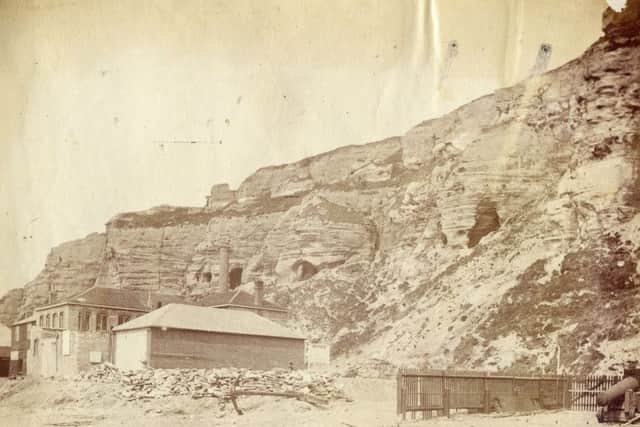

The church was never consecrated it served as a place of worship until the last war when the building was used as a military store and suffered considerable damage.
By 1956 the fabric had been restored and converted into a fishermen’s museum with the last of the old Hastings luggers, RX278, Enterprise, as the main exhibit necessitating the temporary demolition of part of the rear wall of the church to allow the vessel to be brought in.
Hastings has the largest beach-based fishing fleet in the country, where the boats are drawn up on the beach instead of being left floating in a harbour.
Advertisement
Hide AdAdvertisement
Hide AdThis is achieved with the aid of a motorised winch residing in each of the row of low black sheds (winch huts) to the south of the appropriately named Winch Hut Road but in days gone by they were wound up the beach with a capstan, usually with the aid of a horse attached to the horizontal spar which was attached to the vertical shaft around which the winch cable was wound. Examples of these can be seen in several of the illustrations shown here and there is an actual example of a capstan in the Fishermen’s Museum; these capstans were robustly built and attached by a chain to a large boulder (a frapping stone) buried beneath the shingle to prevent the capstan being pulled down the beach when the boats were pulled up and there’s examples of these too outside the Hastings Museum and Art Gallery and the Fishermen’s Museum
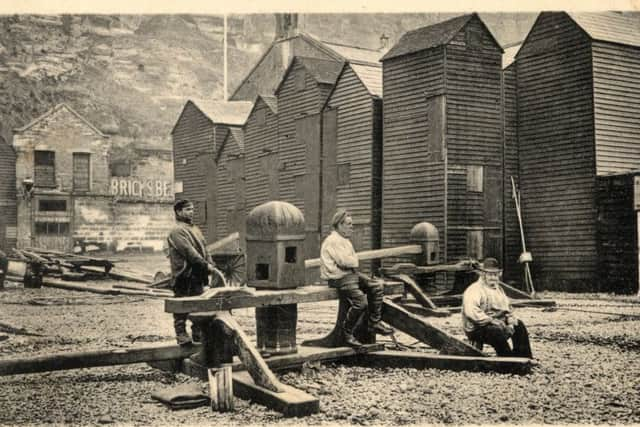

All illustrations throughout this series are from Ion Castro’s own collection and he can make available copies of many of the historic images used in this series. There’s more local history on Ion’s website, www.historichastings.co.uk.
Captions
Fishermens’ Church, Hastings
Dating from early last century before the vestry was built and later demolished to make way for the much larger extension we have today. Notice the chimney for the stove in the centre of the roof between the vents.
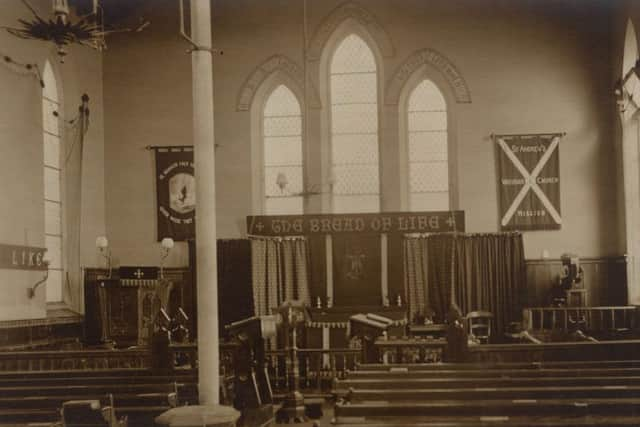

Fishermens’ Church, Altar Hastings.
1930’s and note that the windows above the altar at the eastern end of the church now have stained glass
153 Fishermens’ Church, Hastings.
Advertisement
Hide AdAdvertisement
Hide AdAn early Judge’s postcard showing the church before the windows had stained glass. Notice the stove in the centre of the church with the chimney emerging through the apex of the roof as can be seen in the photograph of the exterior
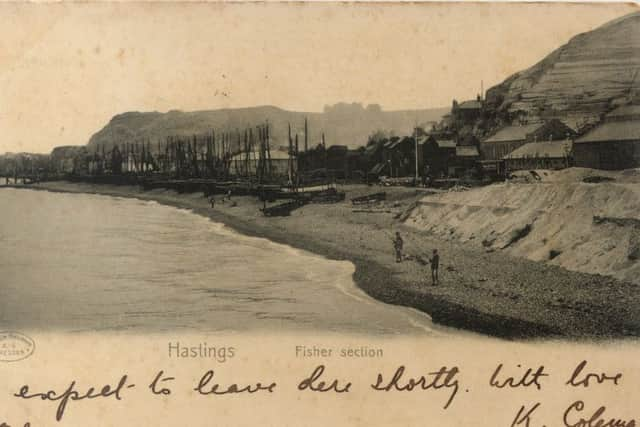

East and Ecclesbourne Cliffs from the Battery, Hastings.
An early albumen print from about the same time as an indenture dated 12th September 1860 “whereby the Corporation leases for artillery purposes to the Fourth Company of the Cinque Ports Volunteer Corps a piece of ground up against Rock-a-Nore Groyne sixty feet east to west and forty feet north to south”. The sign on the left of the photo is a ‘Caution to Bathers’. The original battery - a gun platform for coastal protection purposes and a deterrent against the French. Had been built further west, roughly opposite where the Boating Lake is today and was constructed in 1759 when the Board of Ordnance acquired some land in Hastings for that purpose and, as a bonus, it also protected the shoreline at that point and survived the great storms of January 1792 and November 1824. In 1831 it was still in use and mounted six 24 pounders only to succumb to undermining by a storm in 1842 after which the board gave it to the Corporation who pulled it down to extend the Parade
Looking West from the Battery.
This Albumen print dates from the 1860’s and shows the Fishermen’s church of St Nicholas, on the extreme left, a century later to become, the Fishermens Museum and to the right of it, established in 1858, is the original Hastings lifeboat station, later replaced with the turetted lifeboat house next to the boating lake which itself succumbed to demolition for road-widening in 1959. Notice the caves in the cliff, some of which were actually occupied around the time by a family with a menagerie of animals. They were fenced off in the 1960’s to deter beatniks from sleeping there.
Hastings Fisher section.
Posted in 1903, this postcard was printed in Dresden by Wilhelm Hoffman. Prior to 1902 the address had to be on one side of a postcard and any correspondence on the other – hence the white space below the picture. After 1902 postcards were produced with a divided back so that both address and correspondence could appear on one side and a picture on the reverse. This image shows the fishing fleet drawn up on the very short beach with the wooden part of the then-new harbour on the left, on the right is what appears to be an enormous pile of spoil that the sea is washing away.
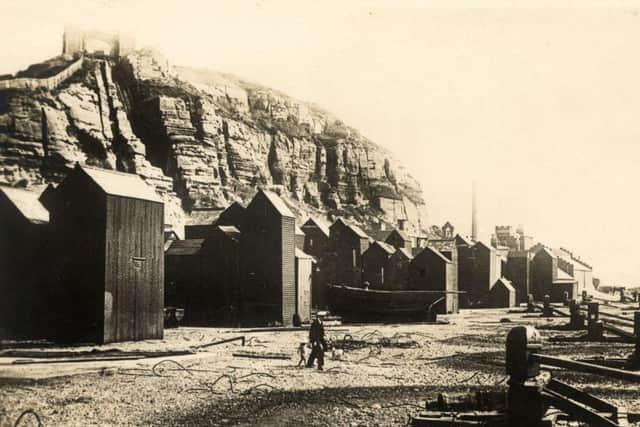

Fishing Village, Hastings.
Advertisement
Hide AdAdvertisement
Hide AdDating from the first decade of the last century there’s a fine display of capstans and their associated cables causing a health and safety trip hazard on the beach. The East Hill Lift opened in 1902 can be seen dominating the picture and, on the right, is the bell of the Fishermen’s church and beyond that the outline of the Drill Hall which was redeveloped as the Blue Reef Aquarium and beyond that the chimney of the corporation’s dust destructor where the town’s refuse was burned
Hastings, Fishing Quarter.
A carefully posed picture, posted in 1910, with the Fishermen’s Museum behind the net shops. A ‘Notice to Bathers’ can be seen on the right. The net shop on the left is now a small museum.
Don’t miss out on all the latest breaking news where you live.
Here are four ways you can be sure you’ll be amongst the first to know what’s going on.
Advertisement
Hide AdAdvertisement
Hide Ad1 Make our website your homepage at www.hastingsobserver.co.uk
2 Like our Facebook page at www.facebook.com/hastingsobserver
3 Follow us on Twitter @HastingsObs
4 Register with us by clicking on ‘sign in’ (top right corner). You can then receive our daily newsletter AND add your point of view to stories that you read here.
And do share with your family and friends - so they don’t miss out!
The Hastings Observer - always the first with your local news.
Be part of it.